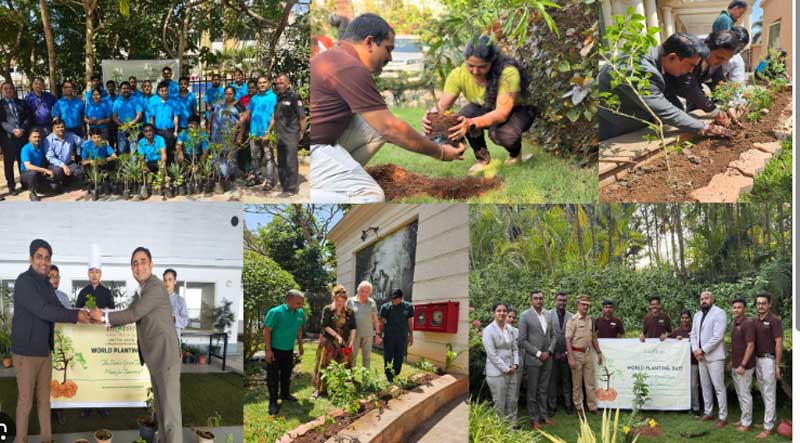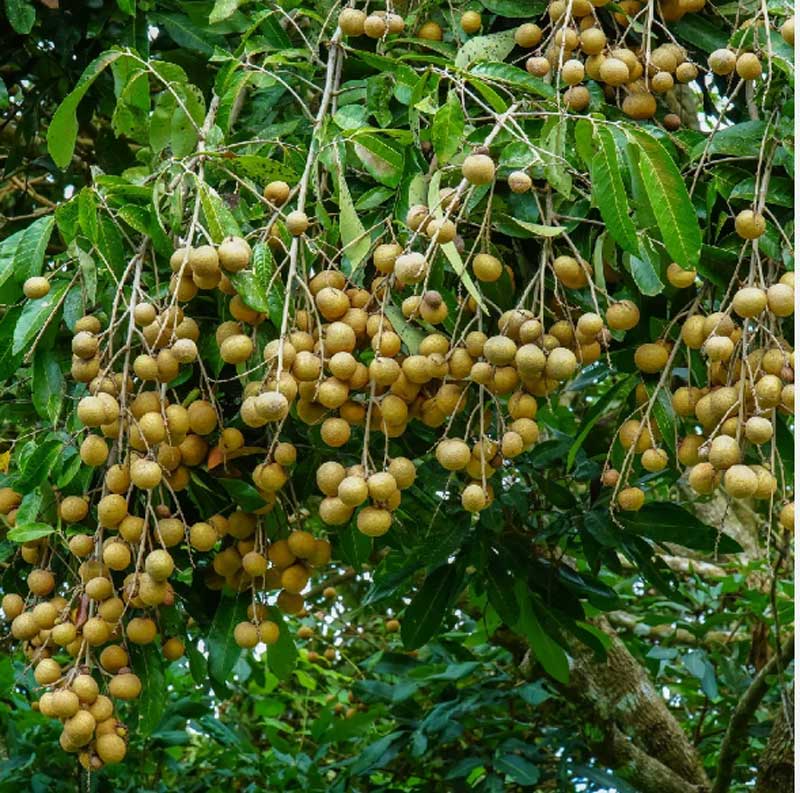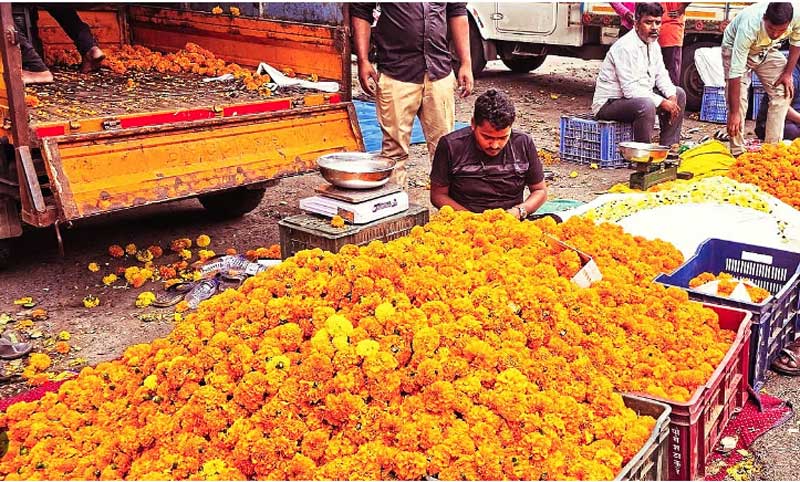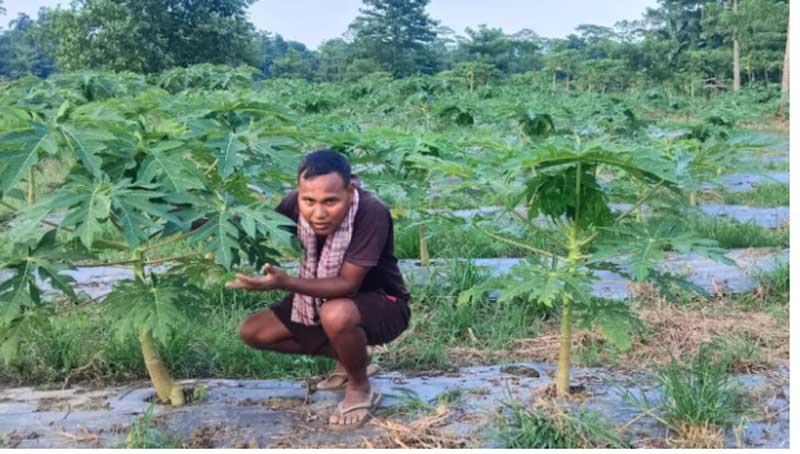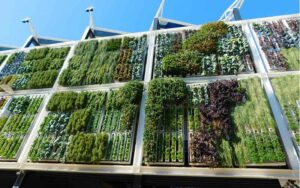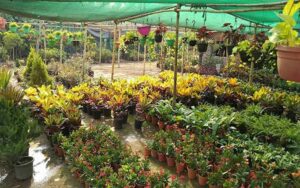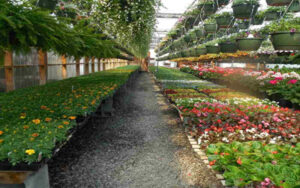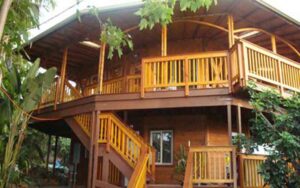Faster, better and more efficient growing results with ready mixes of peat
Ms Leila Haugas
Marketing & Communication, Mikskaar AS
Ms Ave Mailaan
Export Manager, Mikskaar AS
Estonia, one of the three Baltic countries located on the shores of the Baltic Sea, is small in area and population. Territory-wise, the country is less than a tenth the size of Spain but bigger than both the Netherlands and Denmark. As for Estonia’s population, it is just 1.3 million.
Nevertheless, Estonia is no 1 in Startup companies per capita in the world. Many ITC sector unicorn companies, such as Wise, Bolt, Skype, Pipedrive, Veriff etc.
Estonia also has the world’s first e-government – meaning that materials for meetings and other necessary documents are electronic. All this helps save paper and the environment.
But Estonia is also known as having one of the cleanest air in the world. There are not many natural resources to excavate, for example gold, metal, petrol or gas. But there is one natural resource that we can harvest, produce, pack and send it to all over the globe. It is a peat moss.
22% of Estonia is covered by peatbogs (wetlands). Peat moss as a material itself is harvested from peatlands. The nature in Estonia is unique – with wetlands, bogs, thousands of islands, lakes, and rich biodiversity.
Company Mikskaar has been active in the peat moss industry for already 30 years. Currently, Mikskaar is one of the largest producers in the country and 99% of our sales is exported to 60 countries. Main markets are in the Middle East, Asia, North-Africa, some parts of Latin America, the US, some parts of Europe and Australia. Mikskaar has more than 1400 ha of peatlands to choose the quality according to the market and client’s need. Every peat bog has its own microflora and characteristics and it all influences plant growth.
In Mikskaar, priority is to provide the highest quality ready mixes for plant growth. Working together with clients globally, Mikskaar has developed a very strong team and community.
Why peat moss?
Peat moss is the most loved growing media by plants. We will bring out some major key factors why to consider peat as a game changing element in plant growing.
The formation of peatlands started 10 000 years ago when the whole country was covered by ice but slowly, due to the changes in the climate, the temperature started to rise and the ice was replaced by forest which then became a wetland. This is also the place where peat moss originates from – from a wetland that is called a bog. About one third of Estonian bogs has been formed as a result of disappearance of lakes and approximately 2/3 as a result of the fact that rainfall in Estonia is greater than evaporation.
Altogether there are 1 million ha of peat lands in Estonia that make 22% of the whole territory. Peat is produced on 10 000 ha, whereas Mikskaar can harvest on 1400 ha Mikskaar.
Peat moss itself is dead fibrous plant material that forms when mosses and other plants partly or completely decompose in peat bogs. On the whole 90% of the plant matter in bogs is made up of Sphagnum moss, which makes the composition of peat very homogenous. The cells of Sphagnum moss have a huge water-holding capacity. No bog can exist without Sphagnum moss.
Sphagnum moss grows mostly in wetlands of the northern hemisphere. Altogether there are over 350 species of mosses. In Europe we have about 50 species and 37 of those grow in Estonia. As the formation of peat bogs started a really long time ago, the depth of the bogs usually vary from 5 to 7 metres, the deepest bog in Estonia is up to 17 meters.
The upper layer of the bog is slightly decomposed, medium layer more decomposed and bottom layer the most decomposed. The colour of the peat reflects its degree of decomposition, principally we can divide peat into white/blond, brown and black peat. Von Post scale helps us to measure and describe different peats by their physical and chemical characteristics.
White peat which is in the upper layer of the bog is light in colour and weight with rather low density 100-160 kg/cbm, pH is low 3-4,5, high organic matter content about 98%, it contains beneficial microorganisms such as Trichoderma.
Brown peat we can find in the middle layers of the bog– colour varies from light to dark brown, organic matter ca 88%, higher density about 160-250 kg/cbm and pH ca 4,5-5,2, better water absorption, better water retention ability.
On the very bottom of the bog is black peat – highest pH 5,2-6,0; the colour is from dark brown to blackish, it has heaviest weight 250-470 kg/cbm, highest water retention ability, plant residues highly decomposed, best water absorption ability.
Advantages of peat moss
 When talking about the advantages of peat moss it is very important to mention that it is free of weeds, insects, and diseases.
When talking about the advantages of peat moss it is very important to mention that it is free of weeds, insects, and diseases.
More to this, it acts like a sponge: absorbing water and nutrients and releasing them as needed.
This feature is described as soil buffering capacity. It is the ability of soil to stop nutrient or pH changes by absorption.
Peat moss also has great air porosity which is inevitable to ensure enough air delivered to the plant roots.
Popular soil revision
 Peat moss is a very popular soil revision because of its ability to help sandy soil retain moisture and nutrients and it adds more substance and body to sandy soil.
Peat moss is a very popular soil revision because of its ability to help sandy soil retain moisture and nutrients and it adds more substance and body to sandy soil.
In case of heavy clay soil, it helps to loosen it up which allows proper healthy root growth and better drainage which helps the plant’s root system to absorb nutrients, water and oxygen. Because peat moss has naturally low pH of about 3,5-4.5, it is also an excellent soil amendment for acid-loving plants or for high alkaline areas.
Due to the physical and chemical properties, peat ensures the optimal growth of roots, providing adequate air and water for the plant’s later growth.
Beneficial microorganisms
One major benefit of peat moss lies in the presence of beneficial microorganisms that exist in peat moss. Various research reports have confirmed that Sphagnum peat moss has disease suppressive qualities against certain root-rot pathogens due to their synthesis of antibiotics. Sphagnum peat moss contain many microorganisms including Penicillium, Trichoderma, Mucor, Mortierella etc. These beneficial microorganisms suppress the root rot pathogen populations through competition; therefore it is difficult for root rot organisms to establish in the Sphagnum peat based growing mixes.
White, fibrous peat from the surface of the bog has higher microbial populations than the darker, more decomposed peat from deeper layers in the bog.
As India is the homeland of coco and this material is deeply valued by local growers, we should have an insight into the differences between two warmly loved growing media – coco peat and peat moss.
The main difference lies in the fact that:

● Coco is a not alive material and is rather rough when touching. Therefore, some complimentary growing media is needed for receiving better growing results, whereas peat moss is soft, fluffy soil-like substance with rich supportive microflora.
● Peat moss has higher CEC compared, 100-140meq/100 g, to 30-100meq /100 g in coco. It means peat moss has a better ability to attract, retain, and exchange nutrients.
● pH of coco is higher 5,2-6,8; whereas the pH of not adjusted peat moss is 3,5-4,5 which makes it a good soil revision material for alkaline soil
● Coco has higher salinity in case it is not washed carefully and many times with fresh water. Due to containing more salts, such as sodium, chloride, and potassium, it requires less potassium in its fertilizer. At the same time coco is less effective at absorbing other nutrients than peat moss.

● Coco coir saturates more quickly than peat moss, but its surface dries out more rapidly and it doesn’t retain water as long as peat moss does.
● Coco may be contaminated with animal manure – as cows may graze freely in some coconut plantations
● Last, but not least, the development of roots is more rapid in peat moss
● Due quicker development of plant, you can speed up the plant growth cycle.
In conclusion, most professional greenhouse growers globally use Mikskaar peat moss substrates. As for Indian growers, many of them already make mixes of peat moss and coco peat due they have experienced faster, better and more efficient growing results with using peat moss as a complimentary medium to coco peat.

